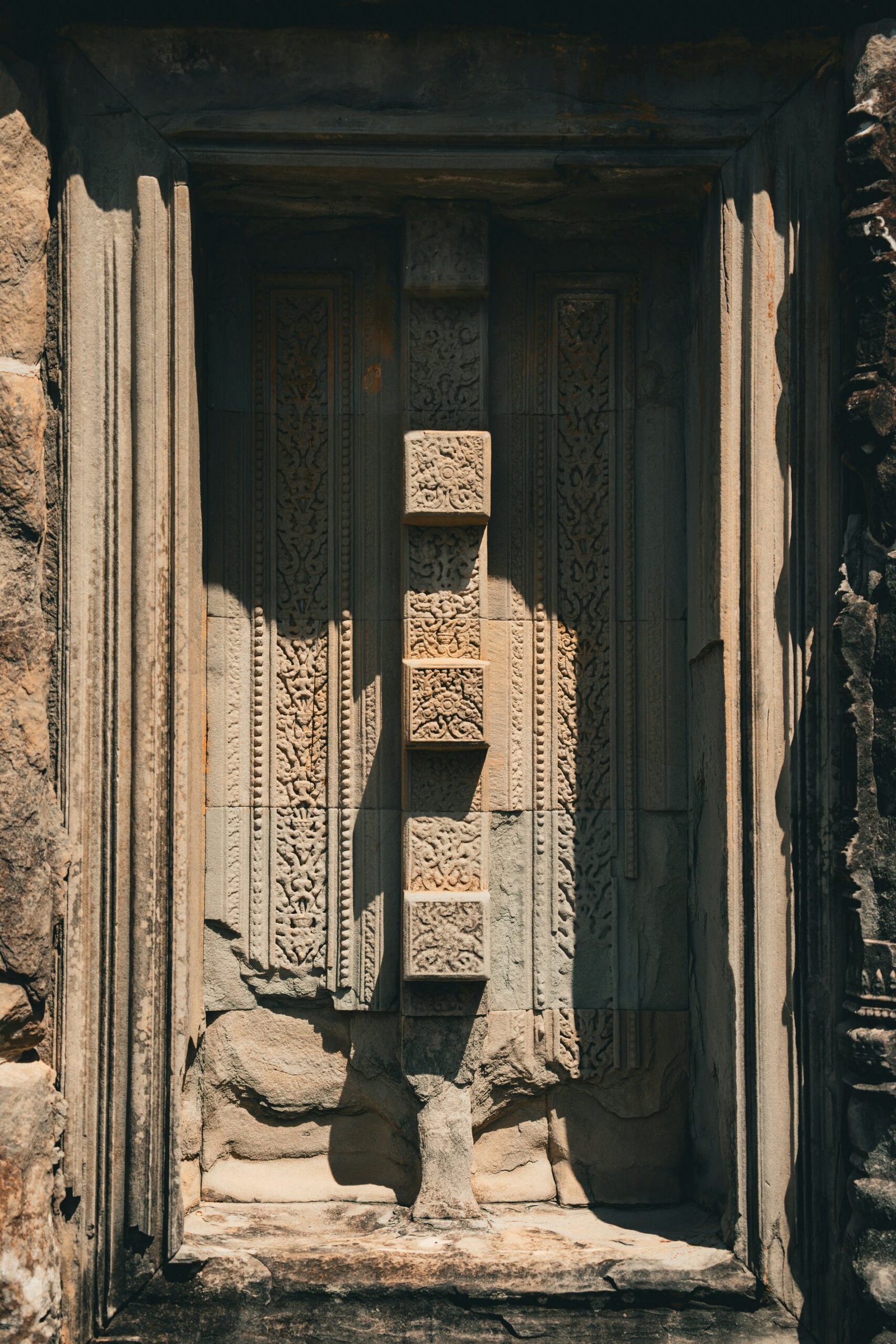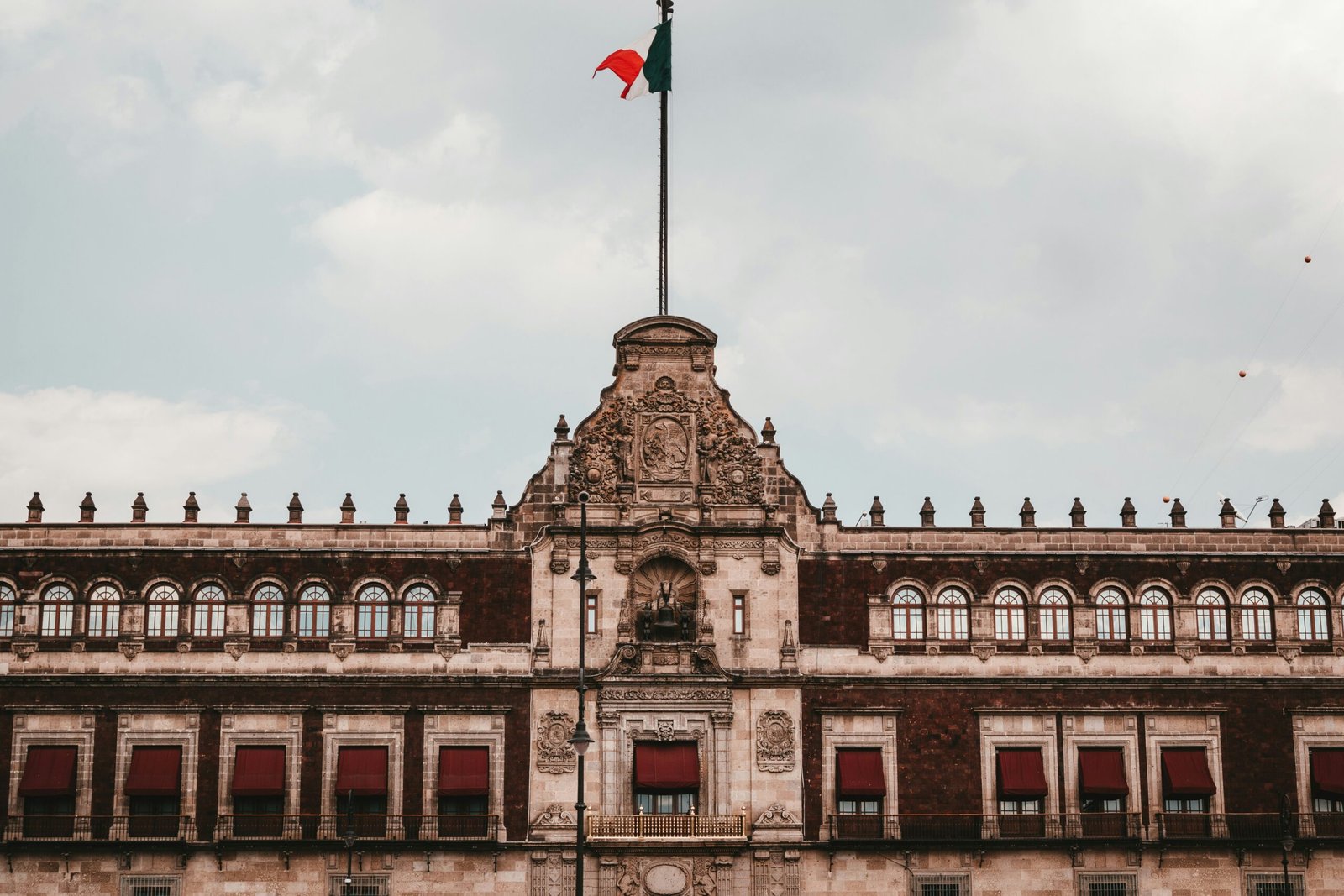
As you step into the Angkor Archaeological Park, you are instantly transported back in time to the ancient Khmer Empire. The park is filled with awe-inspiring temples that showcase the architectural brilliance and artistic mastery of the Khmer civilization. One of the most iconic temples in the park is Angkor Wat, a colossal temple complex that is considered the largest religious monument in the world.
Angkor Wat is renowned for its intricate carvings, towering spires, and vast galleries. As you wander through the temple, you will be mesmerized by the intricate details of the bas-reliefs that depict scenes from Hindu epics and Khmer history. The central tower of Angkor Wat offers a breathtaking panoramic view of the surrounding landscape, especially during sunrise and sunset.
Another must-visit temple within the Angkor Archaeological Park is Bayon. Known for its enigmatic smiling faces carved into the stone, Bayon is a true masterpiece of Khmer architecture. This temple is a maze of galleries, passageways, and towers, each adorned with intricate carvings and bas-reliefs. Exploring Bayon feels like stepping into a mythical world, where every corner reveals a new surprise.
Aside from Angkor Wat and Bayon, there are numerous other temples within the park that are worth exploring. Ta Prohm, for example, is a hauntingly beautiful temple that has been partially consumed by the surrounding jungle. The intertwining tree roots and crumbling walls create a surreal atmosphere, making it a favorite among photographers and adventurers.
For those interested in history, a visit to the Angkor National Museum is a must. The museum houses a vast collection of artifacts and exhibits that provide a deeper understanding of the Khmer civilization and the significance of the temples within the park. From ancient statues to intricate jewelry, the museum offers a comprehensive insight into the rich cultural heritage of Cambodia.
Exploring the Angkor Archaeological Park is an unforgettable experience that will leave you in awe of the ancient wonders of the Khmer Empire. Whether you are a history enthusiast, an architecture lover, or simply someone seeking adventure, the park offers something for everyone. From the majestic temples to the serene surroundings, every moment spent in the park is a journey back in time.
Aside from Angkor Wat, the Angkor Archaeological Park is home to numerous other temples and structures that provide valuable insights into the history and culture of the Khmer Empire. One such temple is Bayon, known for its captivating stone faces that adorn its towers. These faces are believed to represent the bodhisattva Avalokiteshvara or the Khmer king Jayavarman VII, who built the temple.
Another significant temple within the park is Ta Prohm, which has gained international fame for its captivating blend of nature and architecture. The temple is engulfed by towering trees and massive roots, creating an enchanting and mystical atmosphere. This unique fusion of nature and man-made structures has made Ta Prohm a favorite among visitors, who are drawn to its picturesque and otherworldly appearance.
The Angkor Archaeological Park is not only a treasure trove of ancient temples but also a vital archaeological site that continues to yield new discoveries. Excavations and research conducted within the park have unearthed important artifacts, statues, and inscriptions that shed light on the daily life, religious practices, and political history of the Khmer Empire.
Furthermore, the park’s historical significance extends beyond its architectural wonders. It serves as a reminder of Cambodia’s resilience and cultural identity, as it has withstood centuries of political turmoil, natural disasters, and the ravages of time. The restoration and preservation efforts undertaken by the Cambodian government and international organizations have ensured that future generations can appreciate and learn from this remarkable heritage site.
Today, the Angkor Archaeological Park attracts millions of visitors from around the world, who come to marvel at its ancient temples, immerse themselves in its rich history, and experience the spiritual ambiance that permeates the park. It is a UNESCO World Heritage Site and continues to be a source of national pride for Cambodia, symbolizing the country’s rich cultural heritage and serving as a testament to the ingenuity and creativity of the Khmer people.
The rise of technology has revolutionized the way we live and work. From the invention of the printing press to the development of the internet, each advancement has brought about significant changes in our society. One area that has been greatly impacted by technology is the field of communication. In the past, communication was limited to face-to-face interactions or sending letters through the mail. However, with the advent of smartphones and social media platforms, we can now connect with people from all around the world instantaneously. This has not only made communication more convenient but has also opened up new opportunities for collaboration and networking.
The proliferation of smartphones has made it possible for us to stay connected 24/7. We can now make phone calls, send text messages, and even video chat with people regardless of their location. This has made it easier for businesses to conduct meetings and negotiations with partners and clients from different parts of the world. In addition, social media platforms like Facebook, Twitter, and LinkedIn have provided us with a virtual space to connect and interact with others. We can now share our thoughts, ideas, and experiences with a global audience, fostering a sense of community and belonging.
Moreover, technology has also facilitated the exchange of information and knowledge on a scale never seen before. The internet has become a vast repository of information, with search engines like Google providing us with instant access to a wealth of knowledge. This has not only made learning more accessible but has also allowed for the dissemination of ideas and research on a global scale. Online platforms like blogs, forums, and online courses have empowered individuals to share their expertise and learn from others, breaking down barriers and promoting a culture of continuous learning.
Furthermore, technology has transformed the way businesses operate and communicate with their customers. With the rise of e-commerce platforms, companies can now reach a global customer base and sell their products and services online. This has not only expanded market opportunities but has also allowed for personalized and targeted marketing strategies. Companies can now analyze customer data and preferences to tailor their marketing efforts, resulting in more effective and efficient campaigns.
In conclusion, the rapid advancement of technology has revolutionized communication in our society. From the convenience of smartphones to the global reach of social media platforms, technology has made it easier for us to connect and collaborate with others. It has also facilitated the exchange of information and knowledge on a global scale, empowering individuals to learn and share their expertise. Furthermore, technology has transformed the way businesses operate and communicate with their customers, opening up new opportunities for growth and success. As technology continues to evolve, it is important for us to embrace these changes and leverage them to enhance our personal and professional lives.
Exploring the Angkor Archaeological Park
Exploring the vast Angkor Archaeological Park can be an overwhelming task, considering its size and the number of temples within. Here are some tips to make the most of your visit:
1. Plan your itinerary: With so many temples to explore, it’s essential to plan your itinerary in advance. Research the temples you want to visit and prioritize the ones that interest you the most. Take into account the distance between the temples and plan your route accordingly to optimize your time.
2. Hire a guide: Hiring a knowledgeable guide can greatly enhance your experience at the park. They can provide historical and cultural insights, as well as help navigate the complex site. A guide can also share interesting stories and legends associated with the temples, bringing them to life in a way that guidebooks cannot.
3. Dress appropriately: As the temples are religious sites, it’s important to dress modestly out of respect for the local culture and traditions. Ensure your shoulders and knees are covered, and avoid wearing revealing clothing. Wearing comfortable shoes is also recommended, as you will be doing a lot of walking and climbing.
4. Stay hydrated: The park can get hot and humid, so it’s crucial to stay hydrated. Carry a water bottle with you and drink plenty of fluids throughout your visit. There are also vendors selling drinks and snacks near the major temples, but it’s always a good idea to have your own supply of water.
5. Beat the crowds: The most popular temples, such as Angkor Wat, can get crowded, especially during peak tourist season. Consider visiting early in the morning or late in the afternoon to avoid the crowds and enjoy a more tranquil experience. The lighting during sunrise and sunset also adds a magical touch to the temples, making it worth waking up early or staying late.
6. Take your time: The Angkor Archaeological Park is not a place to rush through. Take your time to appreciate the intricate details of the temples, the beautiful carvings, and the peaceful atmosphere. Sit down and soak in the history and spirituality of the place. There are many hidden corners and lesser-known temples that are worth exploring, so don’t limit yourself to just the famous ones.
7. Capture the moments: The Angkor Archaeological Park is a photographer’s paradise. From the stunning sunrise over Angkor Wat to the intricate carvings at Bayon Temple, there are countless opportunities to capture breathtaking photos. Make sure to bring your camera or smartphone and take your time to compose the perfect shots. However, be mindful of other visitors and avoid disrupting the peaceful atmosphere.
8. Respect the rules: The temples within the Angkor Archaeological Park are not just tourist attractions; they are still active religious sites. Be respectful of the rules and regulations, such as not touching the carvings, not climbing on restricted areas, and not disturbing any religious ceremonies or rituals that may be taking place. Remember, you are a guest in someone else’s sacred space.
By following these tips, you can make the most of your visit to the Angkor Archaeological Park and create memories that will last a lifetime. Whether you are a history enthusiast, a spiritual seeker, or simply someone who appreciates the beauty of ancient architecture, this UNESCO World Heritage site is sure to leave a lasting impression.
Other Attractions in Siem Reap
While the Angkor Archaeological Park is the main draw for visitors to Siem Reap, the city itself has much more to offer. Here are some other attractions to explore:
1. Pub Street: Located in the heart of Siem Reap, Pub Street is a vibrant and bustling area filled with restaurants, bars, and shops. It’s the perfect place to unwind after a day of temple exploration.
2. Tonle Sap Lake: Take a boat tour of Tonle Sap Lake, the largest freshwater lake in Southeast Asia. Explore floating villages, observe local life, and witness the unique ecosystem of the lake.
3. Artisans Angkor: Visit Artisans Angkor, a social enterprise that supports local artisans and preserves traditional Cambodian craftsmanship. Here, you can witness artisans at work and purchase unique handmade souvenirs.
4. Cambodian Cultural Village: Immerse yourself in Cambodian culture at the Cambodian Cultural Village. Explore traditional houses, watch cultural performances, and learn about the country’s rich heritage.
5. Siem Reap Night Market: Indulge in some retail therapy at the Siem Reap Night Market. Browse through stalls selling handicrafts, clothing, and local products, and don’t forget to bargain for the best prices.
6. Biking Tours: Siem Reap is a great city to explore by bike. Rent a bicycle and embark on a biking tour to discover the hidden gems of the city. Ride through the countryside, visit local villages, and witness the daily life of the Cambodian people.
7. Apsara Dance Performances: Experience the beauty and grace of traditional Apsara dance performances. These captivating shows showcase the ancient Khmer culture through intricate dance movements and elaborate costumes. Many restaurants in Siem Reap offer Apsara dance performances along with delicious Khmer cuisine.
8. Silk Farm: Learn about the fascinating process of silk production at the Silk Farm. Take a guided tour and see how silk worms are raised, silk threads are spun, and beautiful silk products are created. You can also purchase high-quality silk products directly from the farm.
9. Phare, The Cambodian Circus: Watch an exhilarating performance at Phare, The Cambodian Circus. This contemporary circus troupe combines acrobatics, dance, theater, and music to tell captivating stories of Cambodian history and culture.
10. War Museum Cambodia: Gain insights into Cambodia’s turbulent past at the War Museum Cambodia. Explore the extensive collection of weapons, vehicles, and artifacts from the Khmer Rouge era and learn about the country’s struggle for peace and reconciliation.
With so many attractions to explore, Siem Reap offers a diverse range of experiences beyond the ancient temples of Angkor. Whether you’re interested in history, culture, nature, or simply enjoying the vibrant atmosphere of the city, Siem Reap has something for everyone.



